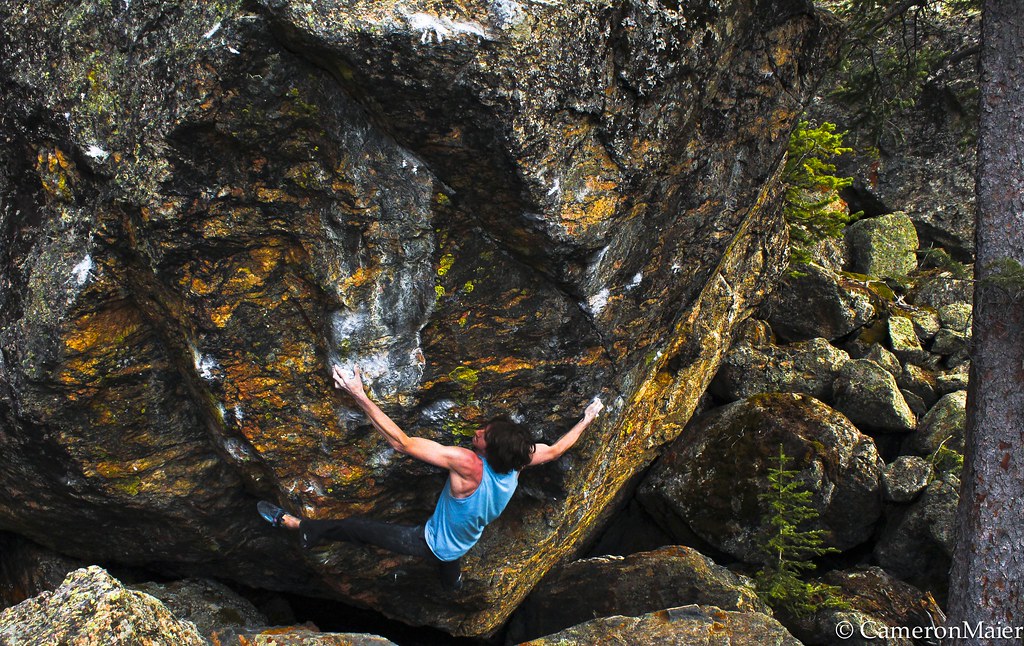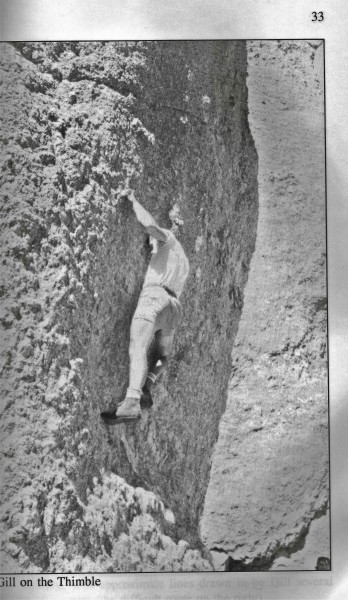About a month ago, before I went on unplanned hiatus from writing this blog, I read a very interesting commentary at Kairn.com on the Olympics and climbing. There has been a consistent push in recent years for the inclusion of competition climbing in the Olympics, perhaps in part because the potential resulting higher profile could bring bigger sponsors on board for events such as the World Cup. Here are some thoughts translated from the French, originally authored by Jean Pierre Banville:
"Elle
va y gagner la perte de son âme ! La perte des valeurs qui ont fait de
l’escalade et de la montagne des sports totalement hors-normes. Je ne suis pas
Luddite et certainement pas contre le profit, contre le juste retour de
l’investissement. Mais l’escalade s’est toujours positionnée au-dessus des
valeurs purement mercantiles. L’escalade est un sport de passion dont les
valeurs et l’histoire sont ancrées beaucoup plus profondément dans le psyché
humain que la lutte, le golf ou le rugby.
Il
n’y a pas de héros dans la lutte ou le golf. De vrais héros. Des géants hors du
commun, des êtres hors-normes. Et, non, Tiger Wood n’est pas un être
hors-norme. Par contre Cassin et Preuss et Dulfer et Desmaison… ce n’est pas la
lutte ou le ping-pong. Guido Lammer, ce n’est pas le curling! C’est l’antithèse
du curling… franchement !
On va me traiter de vieux crouton, à ressortir ces figures oubliées. Vous en voulez de plus récentes? Berhault, Bonatti, Arnold… ouvrez les magazines d’ici et d’ailleurs et vous retrouverez ces personnages d’exception qui ont fait et font la montagne mythique !
C’est notre âme collective et c’est ce que nous avons à perdre."
On va me traiter de vieux crouton, à ressortir ces figures oubliées. Vous en voulez de plus récentes? Berhault, Bonatti, Arnold… ouvrez les magazines d’ici et d’ailleurs et vous retrouverez ces personnages d’exception qui ont fait et font la montagne mythique !
C’est notre âme collective et c’est ce que nous avons à perdre."
What it will win is the loss of its soul. The loss of values which have made climbing and mountaineering sports completely out of the mainstream. I am not a Luddite and certainly not against profit, against a fair return on investment. But climbing has always placed itself above purely mercantile values. Climbing is a sport of passion where the values at the history are anchored much more deeply in the human spirit than wrestling golf or rugby.
There are no heroes in wrestling or golf. No true heroes. No heroes beyond the everyday,no superhumans. And no, Tiger Woods is not superhuman. By contrast Cassin, Preuss, Dulfer, and Desmaison...this is not wrestling or ping-pong. Guido Lammer, this is not curling! It's the antithesis of curling...obviously!
You could call me out of touch, to refer to these forgotten figures. You want more recent examples? Berhault, Bonatti, Arnold...open the magazines here and elsewhere and you will find the exceptional people who have made mountaineering mythical.
It's our collective soul and it's this that we can lose.
In essence, I agree with the author of this piece, in the sense that climbing has always set itself aside from other sports in a number of ways. Initially, this was seen in the sport's location, the peaks and glaciers of the Alps which had been rejected as desolate and frightening wasteland in Western culture for centuries. There was also the ever-present risk of death in this environment which made the game much more serious than most. Finally there was the deliberate search for difficulty, seen in the ever more closely refined definitions of desirable objectives, from unclimbed summits to unclimbed ridges to unclimbed walls and so on. To play this game in any serious sense meant a total commitment of mind and body.
This set of rules was more or less consistently understood until after the First World War when new technologies and an expanding leisure class began to transform the sport, turning it away from the heroic age. In the present era, adventure has had to be even more carefully defined, lending a certain paradoxical air to the enterprise. For example, Tommy Caldwell's epic efforts to free climb the Dawn Wall hinge upon microscopic flakes of rock, with his attempts broadcast to the world straight from the portaledge via Facebook and Twitter. There is no question this is a serious climb with an uncertain outcome. But does it pass the hero test when compared with the aura-laden landmark ascents of the past? Perhaps there is literally too much baggage these days for such a climb to exist.
Maybe a look at the antics (and tragedy) surrounding the first ascent of the North Face of the Eiger will illuminate the issues involved. Similarly high-profile, observable from the safety of a hotel balcony, the climb, which closed the book on the pioneering age of alpinism in Europe, became the object of mass media coverage and its ascensionists were feted by Adolf Hitler. Indeed prior to the 1936 games, Hitler had promised Olympic medals to the first party to climb the route. Ironically, the groundbreaking, even heroic, ascent of the Matterhorn North Face by Franz and Toni Schmid was rewarded with an Olympic medal in 1932. According to most histories of this "golden age" of modern alpinism, much was made of this heroic, even mythic, mode of climbing by fascist governments in Italy and Germany, a phenomenon that may have contributed to the IOC not awarding further medals in climbing.
All of which is to say that the issue of the relationship of climbing to organized sports, indeed organizations of all kinds, is an old one and the heart of the debate is still alive and beating. It seems unlikely that the face of climbing in the Olympics will be anything other than competition climbing as we already know it, in all its sanitized, athletic and commercialized senses. I am not sure that inclusion in the Olympics will change anything in climbing from what it is already, a multifaceted game with all kinds of players and places and ways to play. I am not saying that climbing being in the Olympics will be the huge benefit to the sport that some claim but I doubt it will be the downfall of climbing as we know it. The history of climbing seems to show otherwise.



























